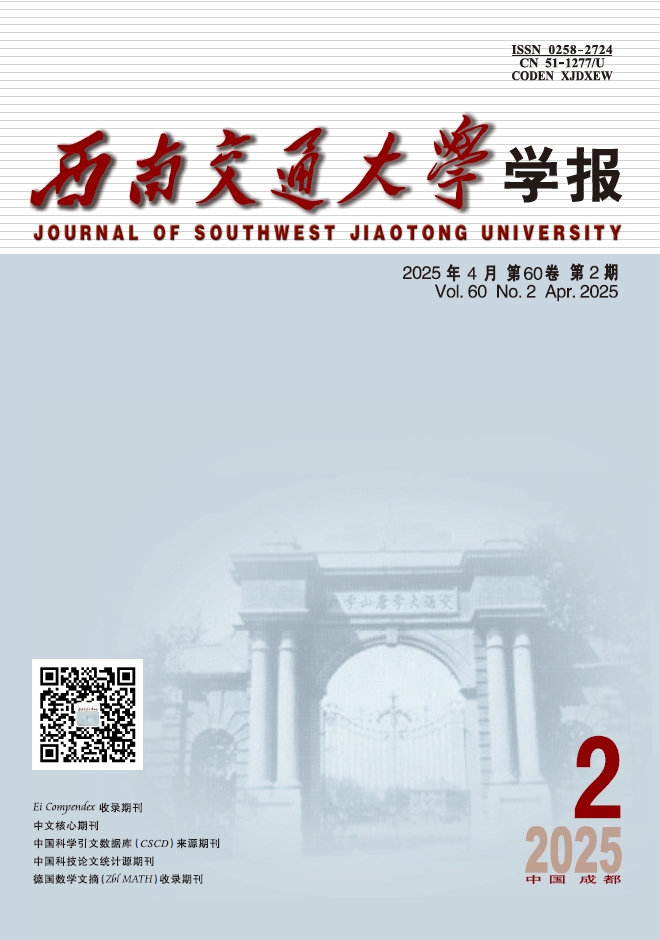2013 Vol. 26, No. 2
Effect of Distributions of Static Suspension Deflection on Ride Comfort of High-Speed Passenger Cars
2013, 26(2): 193-198.
doi: 10.3969/j.issn.0258-2724.2013.02.001
Abstract:




 Advance Search
Advance Search
 Email alert
Email alert RSS
RSS [Abstract]
[Abstract] PDF 693KB
PDF 693KB Supplements
Supplements [Cited By]
[Cited By]